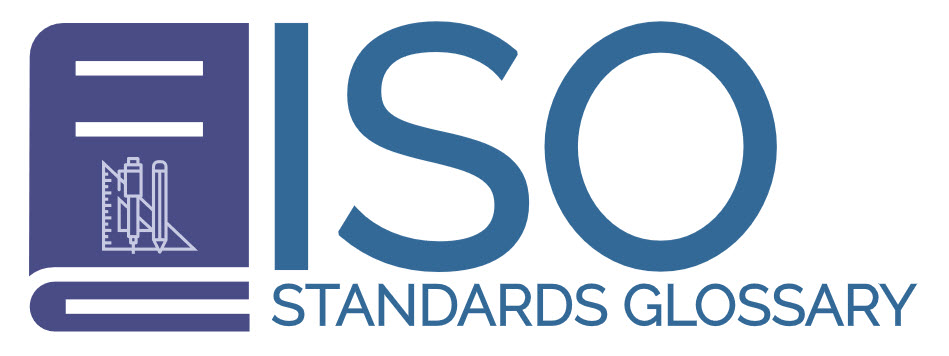The Role of Product Standards in Automotive Safety
Product standards play a crucial role in the automotive industry by ensuring that vehicles meet specific safety requirements. These requirements are designed to protect not just the passengers and drivers inside the vehicles, but also pedestrians and other road users. The establishment of these standards involves extensive research and analysis, and they are enforced by regulatory bodies to maintain a baseline level of safety across all vehicles.
Development of Automotive Safety Standards
The creation of automotive safety standards is primarily overseen by governmental agencies, such as the National Highway Traffic Safety Administration (NHTSA) in the United States and the European New Car Assessment Programme (Euro NCAP) in Europe. These agencies carry out extensive testing and evaluations to determine the minimum safety requirements necessary for vehicles operating on public roads.
The development process of these standards is comprehensive and involves collaboration between regulatory authorities, automobile manufacturers, and safety experts. This collaborative approach ensures that the standards are both technically feasible and effectively address all pertinent safety concerns. Furthermore, these standards undergo regular updates to accommodate advancements in technology and address emerging safety issues. This ongoing evolution ensures that safety standards remain relevant and that they continue to push automotive safety forward.
Impact on Vehicle Design and Manufacturing
Automotive safety standards are pivotal in shaping how vehicles are designed and manufactured. Safety standards dictate specifics such as the strength and durability of vehicle structures, the performance and deployment of airbags, and the effectiveness of seat belts. Consequently, manufacturers are required to integrate these specifications into their vehicle designs. Although adherence to these product standards can lead to increased manufacturing costs, it also leads to the production of safer vehicles, which can save lives and reduce injuries.
Manufacturers often invest heavily in research and development to proactively meet or even exceed standard requirements. Taking such a proactive stance allows manufacturers to enhance existing safety features and incorporate innovative safety solutions, which can help differentiate a brand in the highly competitive automotive market. This focus on safety and innovation is increasingly becoming a crucial factor in the purchasing decisions of consumers.
The Importance of Crash Tests
Crash tests are an integral part of assessing compliance with automotive safety standards. These tests involve simulating various types of collisions to evaluate how effectively a vehicle can protect its occupants. Common scenarios include frontal, side, and rear-end collisions, and vehicles are scored based on their performance across these tests.
The results of crash tests carry significant weight as they influence consumer purchasing decisions by providing a quantifiable measure of a vehicle’s safety. Many organizations and agencies publish these results, giving consumers access to vital information when selecting a vehicle. Recognizing the importance of these tests, manufacturers continuously strive to improve their designs to achieve high safety ratings.
Standard Compliance and Legal Implications
There are serious legal implications for automotive manufacturers that fail to comply with established safety standards. Non-compliance can lead to fines, mandatory recalls, and litigation, especially in situations where non-compliant vehicles contribute to accidents and injuries. Furthermore, compliance is crucial for maintaining a manufacturer’s reputation, and the failure to uphold rigorous standards can have long-lasting financial impacts.
Global Variability in Standards
It’s important to acknowledge that automotive safety standards can vary significantly across different regions. For example, while the NHTSA and Euro NCAP share similar safety objectives, their specific standards and requirements may differ. This variation requires manufacturers to adapt their vehicle designs to meet varying regional standards if they intend to sell their vehicles in different international markets. Navigating these differences is an important aspect of global automotive manufacturing.
Consumer Awareness and Education
Educating consumers about the importance of product standards in automotive safety is essential. When consumers are well-informed about the implications of safety standards and the outcomes of crash tests, they are better equipped to make educated purchasing choices. Authoritative sources of information, such as government websites and results from independent testing organizations, provide consumers with invaluable insights into vehicle safety.
In conclusion, automotive product standards serve as key drivers of vehicle safety. They significantly influence how vehicles are designed, manufactured, and perceived in the marketplace. Compliance with these standards can be challenging for manufacturers due to the associated costs and rigorous testing required. However, the ultimate outcome is the production of vehicles that are safer for everyone on the road. For those interested in further exploring automotive safety standards, resources are available through organizations like the NHTSA and Euro NCAP. These platforms offer comprehensive information about regulations and safety assessments, providing invaluable insights into the constantly evolving field of automotive safety.
